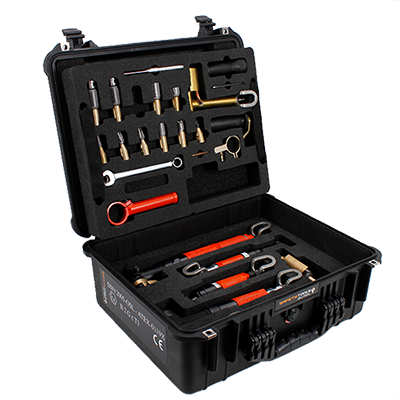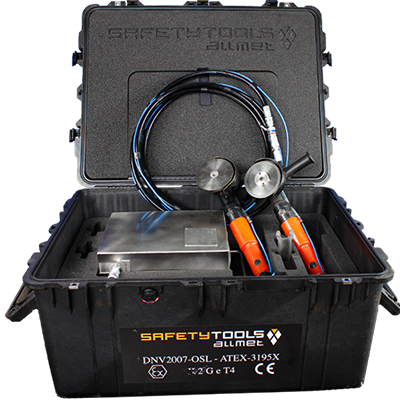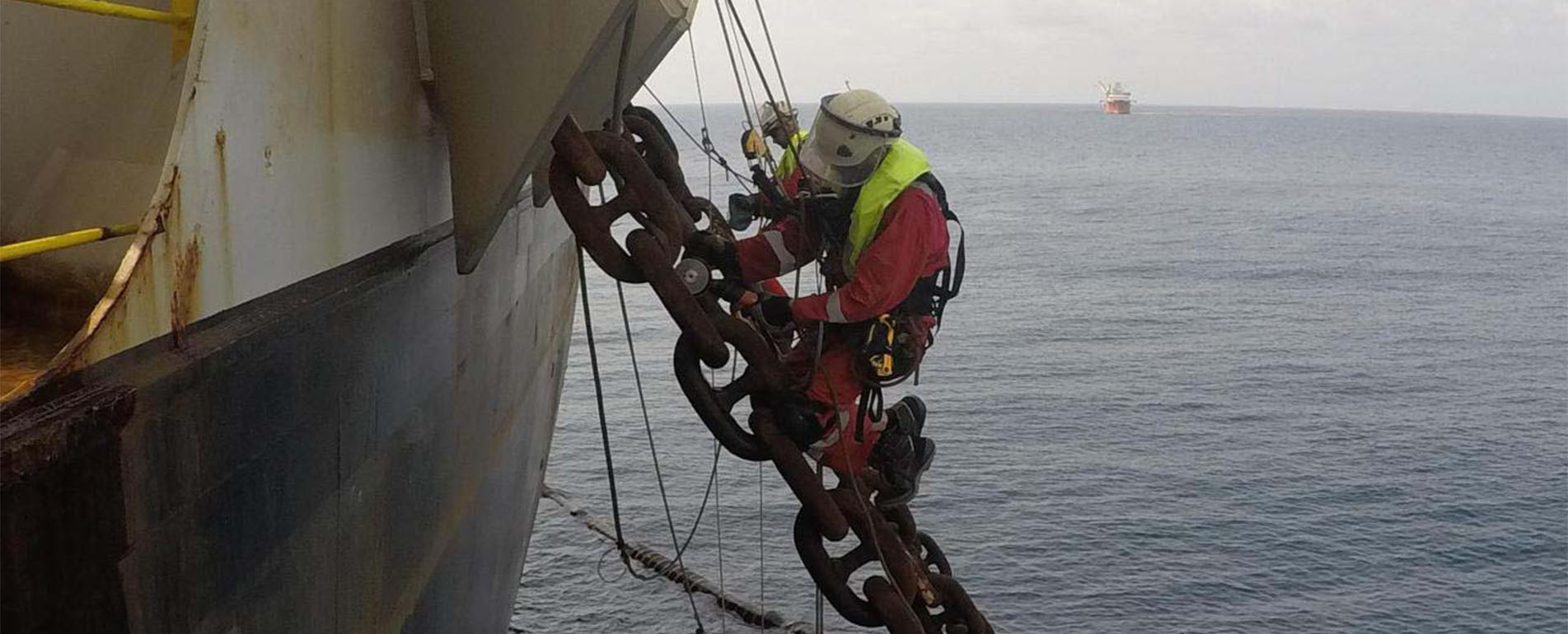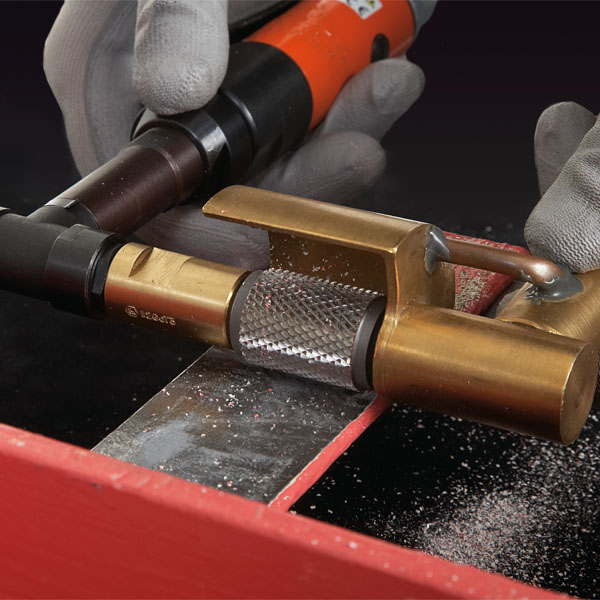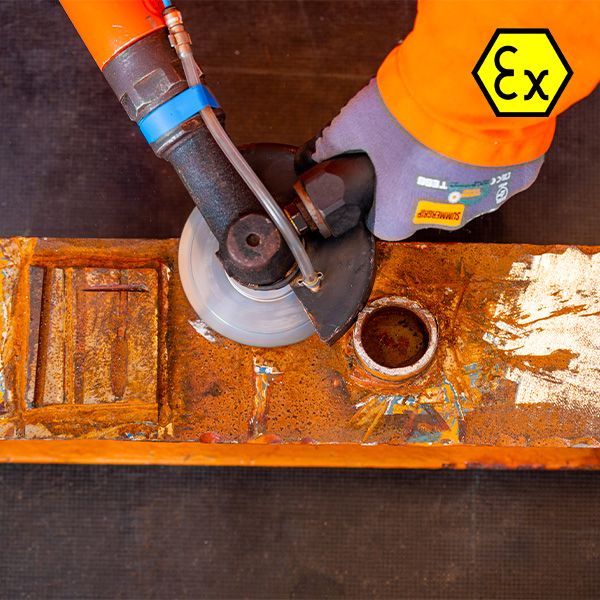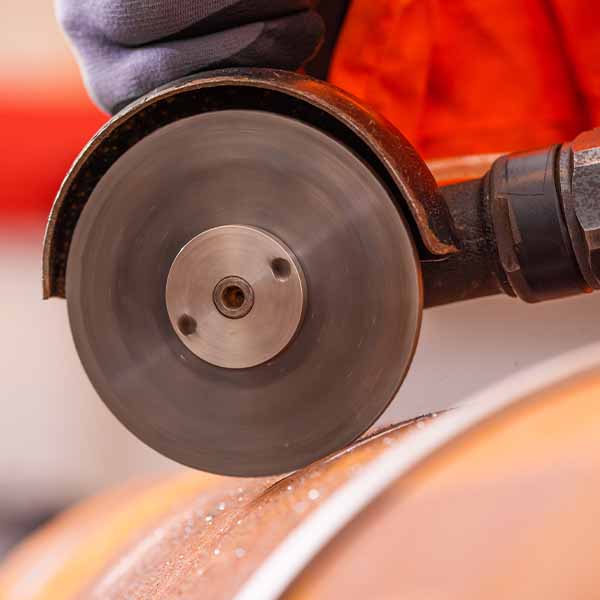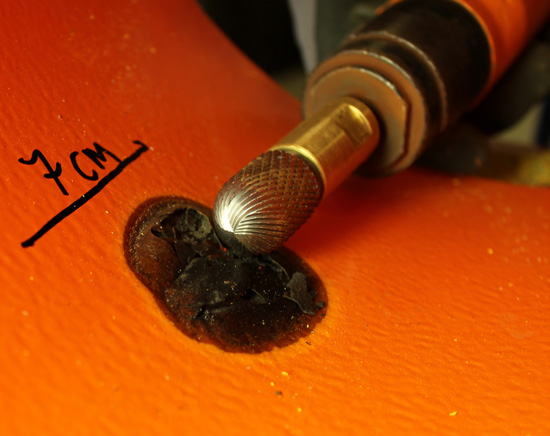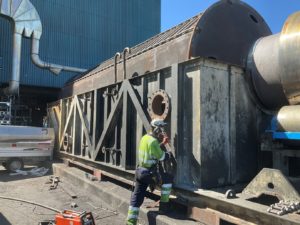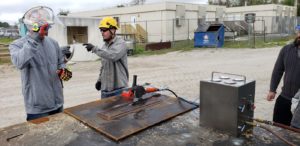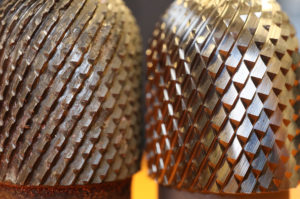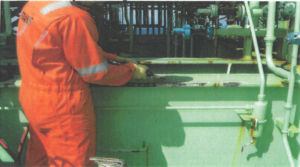Surface Cleanliness compared to Surface Profile
Surface Cleanliness
Most people are associated with a painting project. Would be familiar with the two terms of surface cleaning standard and surface profile. As they are often quoted in unison. And whilst the two terms may appear linked, they are very independent. So in effect, you could have a high surface cleanliness standard. Say, ISO Sa3 with a very low surface profile of 25 μm. And the reverse is possible as well. A lower surface cleanliness standard of ISO Sa2 with a high surface profile of over 120 μm is possible.
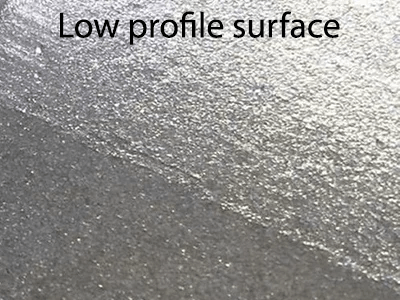
Surface Profile
There is more than one way to achieve a surface profile depending on the type of substrate: the planned coating system, the cost elements, and the practical consideration of the project. Steel surfaces are being prepared for shop primer, for example. It needs careful consideration of the surface profile being achieved. As well as the abrasive used to achieve it. The incorrect specification could lead to premature failure.
Interested in spot repair maintenance? Read more about it here
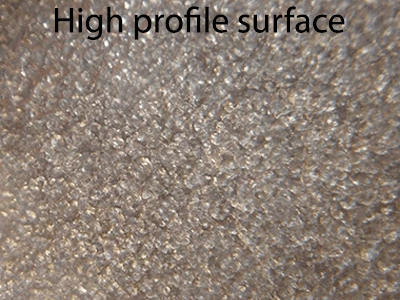
Commonly used methods
Commonly used methods in the industry include Abrasive blasting – Wet/Dry, Chemical Etching and Power tools. If the project is being done in-situ and does not allow Hot work, it narrows down your options considerably.

Cold work option
Ex-certified cold work surface preparation tools from Safety Tools Allmet will give a good clean surface with a profile, meeting the SSPC-SP11 Surface Preparation Standard requirements↵.
This standard is suitable where a roughened, clean, bare metal surface free of all visible oil, grease, dirt, rust, coating, oxides, mill scale, corrosion products, and other foreign matter is required, but where abrasive blasting is not feasible or permissible.
The peaks and valleys on the prepared surface form a continuous pattern with no smooth, unprofiled areas.
Coating preparation
When a substrate is prepared for coating, just because a good cleaning standard has been specified does not necessarily mean the right surface profile will be aimed for unless it is categorically mentioned. The criteria mentioned earlier are equally important in achieving a successful coating application because they directly impact the desired outcome. There are, of course, other relevant criteria, such as water-soluble salt content and dust levels, that also greatly influence the coating system’s performance.
The importance of good adhesion
The surface profile creates an anchor for the coating the grip on to. However, it also increases the surface area of the substrate in contact with the coating, thus improving the chances of optimal adhesion. The following example best explains this:
Imagine a person walking from point A to point B on land. If the land were flat between the 2 points, the person would walk a straight line shorter. However, if there were mountains and valleys between those same 2 points, the person would need to walk much longer. Going up and down, across the peaks and valleys to reach from point A to point B.
That is exactly what a surface profile does to a substrate. It creates all these peaks and valleys across the substrate, effectively increasing the substrate surface area in contact with the coating and giving it a larger area to grip on.


